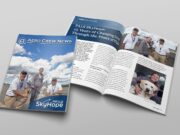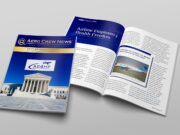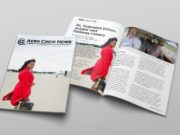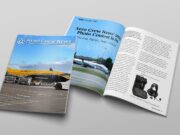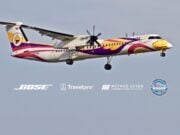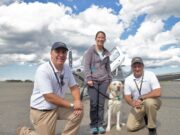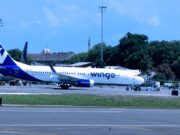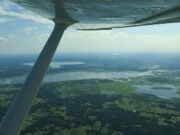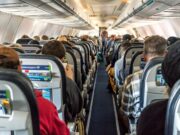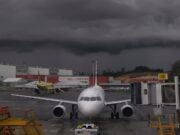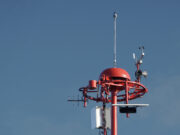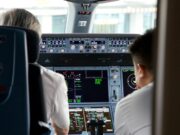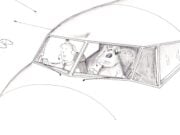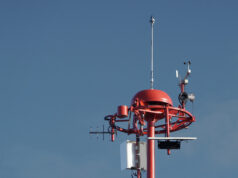
Hypoxia, a condition characterized by insufficient oxygen reaching the tissues, is one of the most critical aeromedical factors in aviation. It poses a significant threat to flight safety, particularly in high-altitude environments where the reduced atmospheric pressure can drastically lower oxygen availability. Pilots must understand the causes, recognize the symptoms, and discern mitigation strategies associated with hypoxia to protect both themselves and their passengers during flight.
At sea level, the atmosphere provides an adequate partial pressure of oxygen, allowing the body to function normally. However, as altitude increases, the atmospheric pressure decreases, which in turn reduces the partial pressure of oxygen. This reduction compromises the body’s ability to absorb sufficient oxygen into the bloodstream, particularly above 10,000 feet. While commercial aircraft are equipped with pressurized cabins to maintain safe oxygen levels, hypoxia remains a concern in unpressurized aircraft or in situations where pressurization systems fail.
Hypoxia manifests in several forms, with hypoxic hypoxia being the most relevant to aviation. This type occurs when there is insufficient oxygen in the air for effective gas exchange in the lungs, a scenario common at high altitudes. Other forms, such as hypemic hypoxia (caused by conditions like anemia or carbon monoxide poisoning) and stagnant hypoxia (resulting from impaired blood circulation), may also affect pilots but arise from different underlying issues.
The symptoms of hypoxia are insidious, making it particularly dangerous for pilots. Early signs include dizziness, fatigue, headache, and a sense of euphoria or overconfidence. These symptoms can progress to more severe effects such as impaired judgment, confusion, loss of coordination, and even unconsciousness if corrective action is not taken promptly. The subtle and subjective nature of these symptoms often prevents pilots from recognizing them in time, which can have severe consequences.
The severity of hypoxia depends on altitude, duration of exposure, and individual susceptibility. For instance, at altitudes of 12,000 to 15,000 feet, symptoms typically develop slowly and may initially go unnoticed. However, at higher altitudes, the onset of hypoxia can occur within minutes or even seconds, particularly during rapid decompression events. This phenomenon, known as the “time of useful consciousness,” refers to the short window in which a pilot can make effective decisions before cognitive impairment sets in.
Preventing and mitigating hypoxia in aviation requires a combination of technical measures, training, and personal awareness. In pressurized aircraft, cabin pressurization systems are the primary defense against hypoxia, maintaining oxygen levels equivalent to those at lower altitudes. However, pilots must remain prepared for potential system failures by using supplemental oxygen systems when necessary. Federal Aviation Administration (FAA) regulations mandate the use of supplemental oxygen at altitudes above 12,500 feet for extended periods, with stricter requirements at higher altitudes.
Training is an essential component of hypoxia prevention. Many pilots undergo altitude chamber training, which exposes them to hypoxic conditions in a controlled environment. This training allows them to recognize their personal symptoms of hypoxia, which can vary significantly among individuals. Familiarity with these symptoms enhances a pilot’s ability to respond swiftly and effectively in real-world scenarios.
In addition to technical measures and training, maintaining overall health is crucial for reducing susceptibility to hypoxia. Factors such as smoking, alcohol consumption, dehydration, and poor physical fitness can exacerbate the effects of hypoxia. Pilots must prioritize their health and avoid substances or behaviors that compromise their oxygen-carrying capacity.
The role of hypoxia in aviation incidents underscores its potential danger. Historical accidents attributed to hypoxia, such as the 1999 Learjet 35 crash that claimed the life of professional golfer Payne Stewart and five others, highlight the devastating consequences of unrecognized or unmitigated hypoxia. Such incidents serve as reminders of the importance of vigilance and preparedness.
In conclusion, hypoxia is a significant aeromedical challenge in aviation that demands constant attention and proactive measures. By understanding its causes, recognizing its symptoms, and implementing effective prevention strategies, pilots can safeguard their performance and ensure the safety of their flights. Advances in technology, coupled with ongoing training and awareness, continue to enhance the aviation community’s ability to address this critical issue, ultimately contributing to safer skies.



